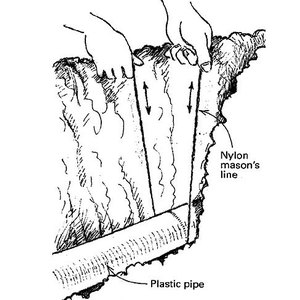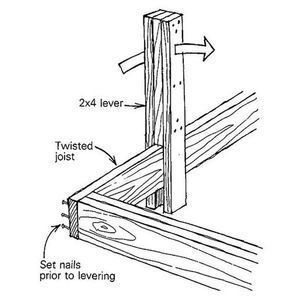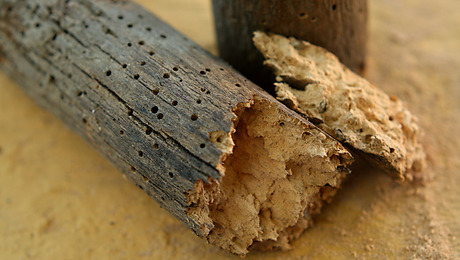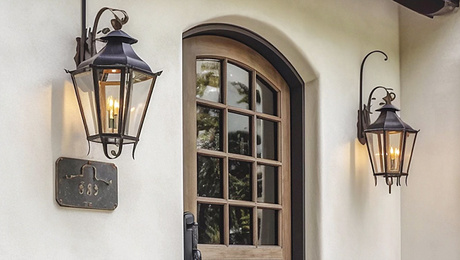Installing Laminate Flooring
Phototransfer technology allows an almost infinite variety of designs on this durable, engineered flooring.
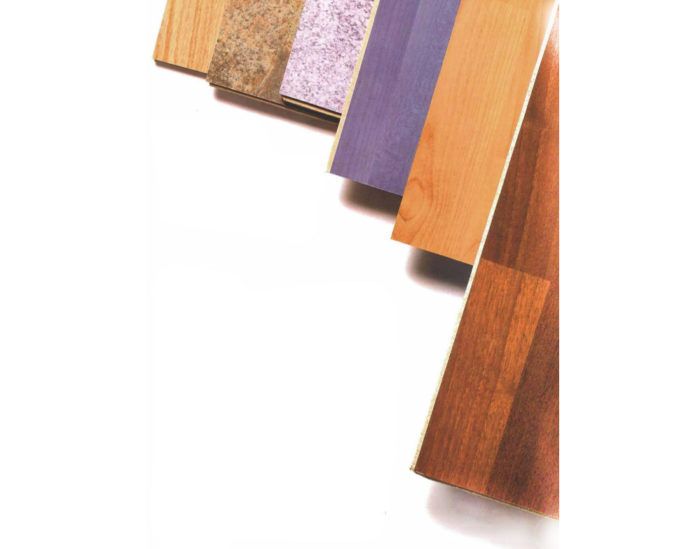
Synopsis: Laminate flooring is a durable, non-staining floor covering originally developed in Sweden and introduced to the U.S. market in the mid-1990s. In this article, a Maryland flooring contractor shows how it should be installed.
Things happen slowly in the world of flooring. The last revolution in floor coverings was the invention of linoleum in 1860. However, with the advent of high-pressure melamine laminate flooring in 1977, the industry’s pace quickened to a fast gallop. Originally developed in Sweden by the Perstorp Corporation, laminate flooring was introduced to the U.S. market in 1994. I’d been a flooring contractor for over 25 years, and this flooring material seemed to be the answer to all homeowners’ complaints regarding other types of flooring: It didn’t wear out, it wouldn’t stain or fade, and it was relatively easy to install. After working with laminate flooring for the past four years, I’ve developed an installation technique that is based on the manufacturers’ specifications and my own experience.
First, estimate the area of the floor, then acclimate the flooring
To estimate the amount of flooring that I need, I measure each area to be covered, rounding up the measurements to the nearest 6 in. After I find the square footage, I add the total areas and add 5% for waste, then divide the total by the number of square feet contained in one box of flooring. For a diagonal installation, I add 15% to the total, square footage.
Once I’ve bought the flooring, I move the product to the job site at least 48 hours prior to the installation to acclimate. I stack the boxes indoors near a wall in the installation area. It’s important to keep the boxes sealed and in the house. I make sure that my crew handles the boxes carefully, too: If a box is dropped, the edges of the fragile laminate flooring can be easily chipped or broken.
You need a clean, flat subfloor before you begin
Laminate flooring and its specialized underlayment can be installed over any existing flooring except padded carpet. Because laminate floors float on the subfloor (they’re not glued, nailed or otherwise fastened to the subfloor), the preparation requirements are surprisingly forgiving. The subfloor has to be clean, sound and relatively flat. When I’m installing laminate flooring over vinyl floors, I cut away any curled vinyl seams or edges around doorways. Ceramic tiles must be secure; a few tiles can be reglued, but I’m wary of a failing ceramic job that should be completely removed. When installing laminate over a concrete slab, I lay down a layer of 6-mil poly that serves as a moisture barrier.
After thoroughly vacuuming the floor, I use a chalkline or a 6-ft. straightedge to check the flatness of the floor. Any deflection less than ¼ in. over 10 ft. is perfectly acceptable. I ignore any holes or depressions smaller than 3 in.; larger holes can be filled with any variety of floor-leveling compounds. To smooth out larger uneven areas, the fill material needs only to lie flat and be noncompressible. I like to use 30-lb roofing felt; it’s inexpensive, easy to build up incremental layers quickly and easy to clean up.
For more photos and details, click the View PDF button below:




